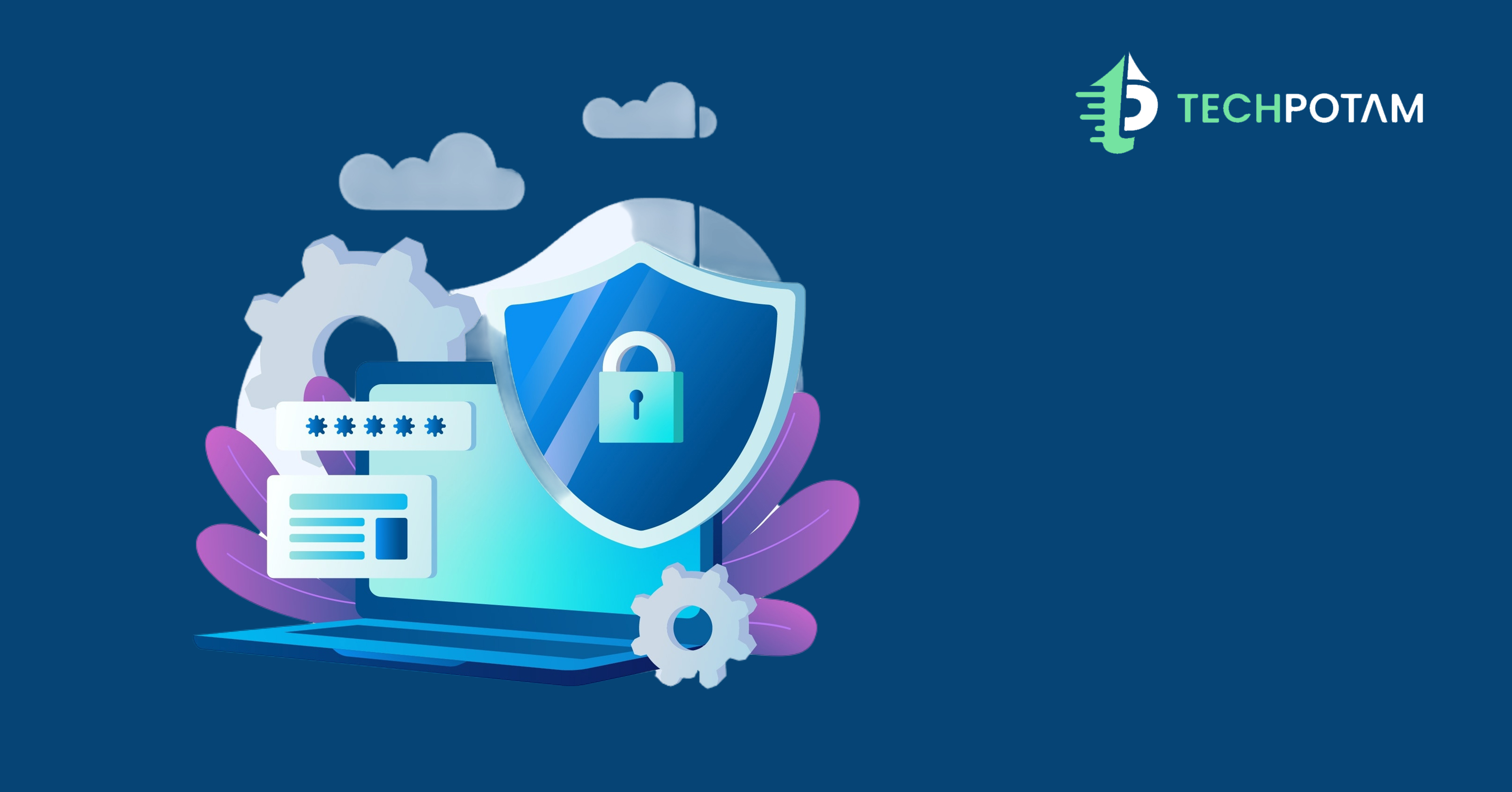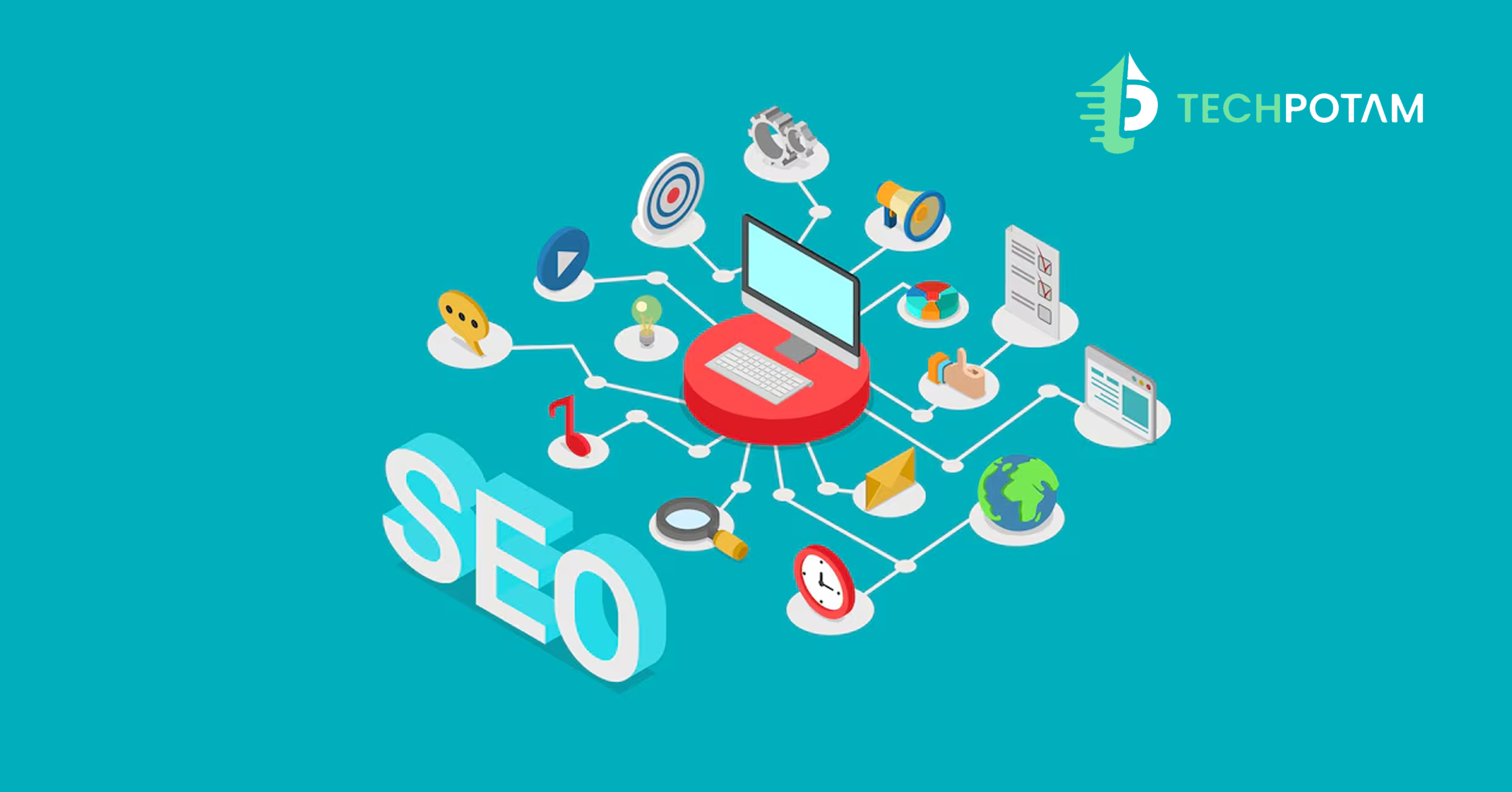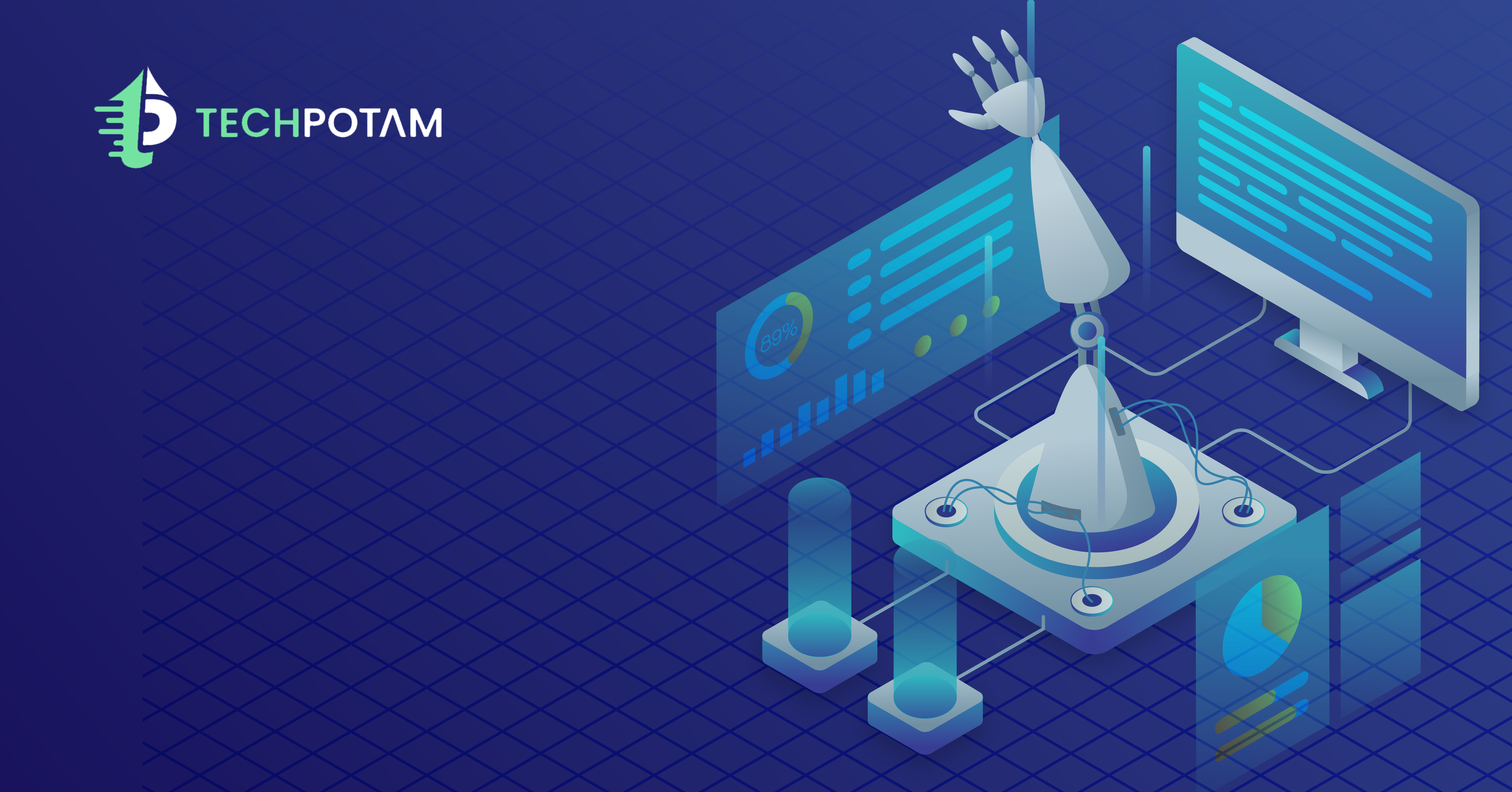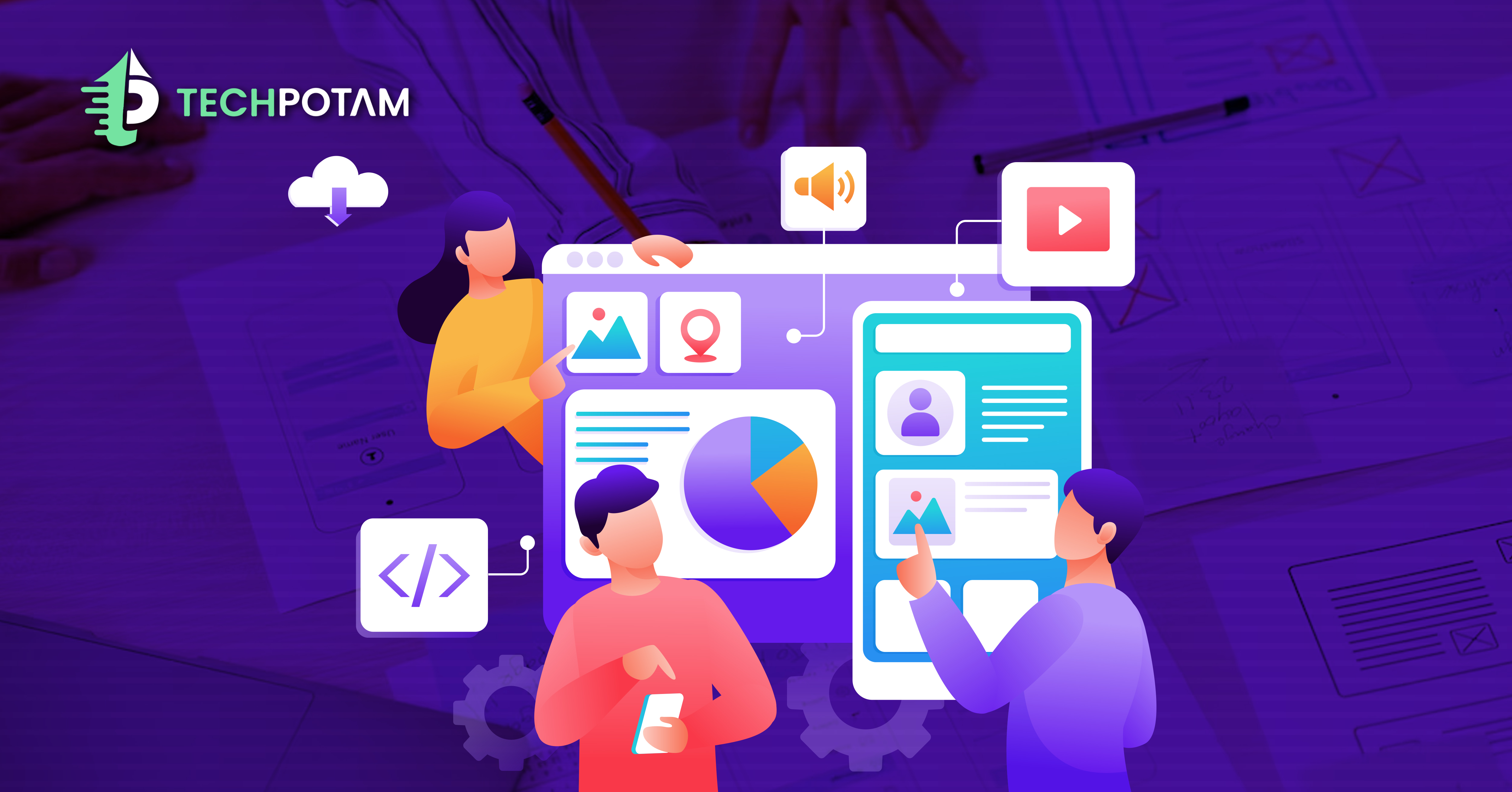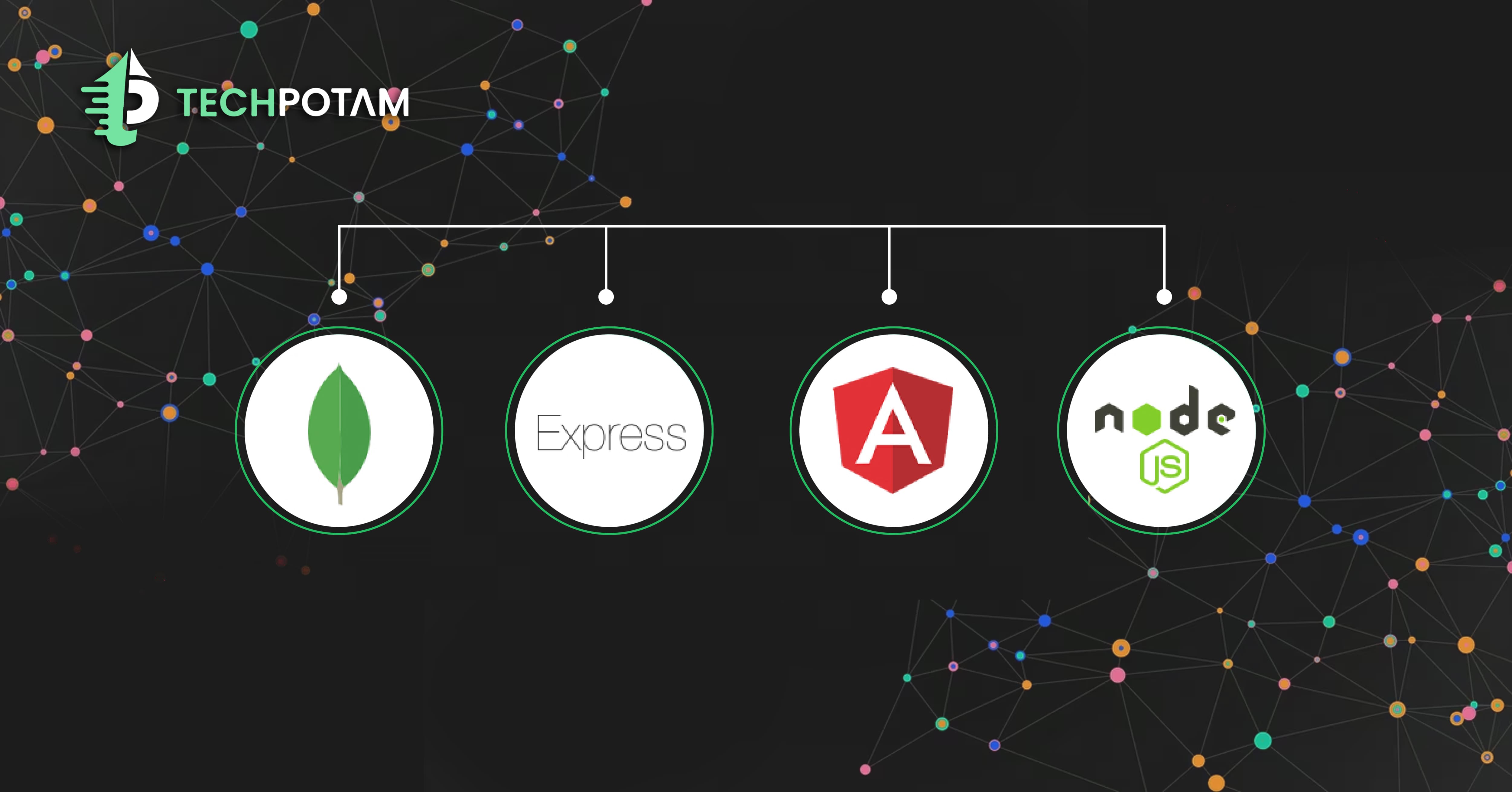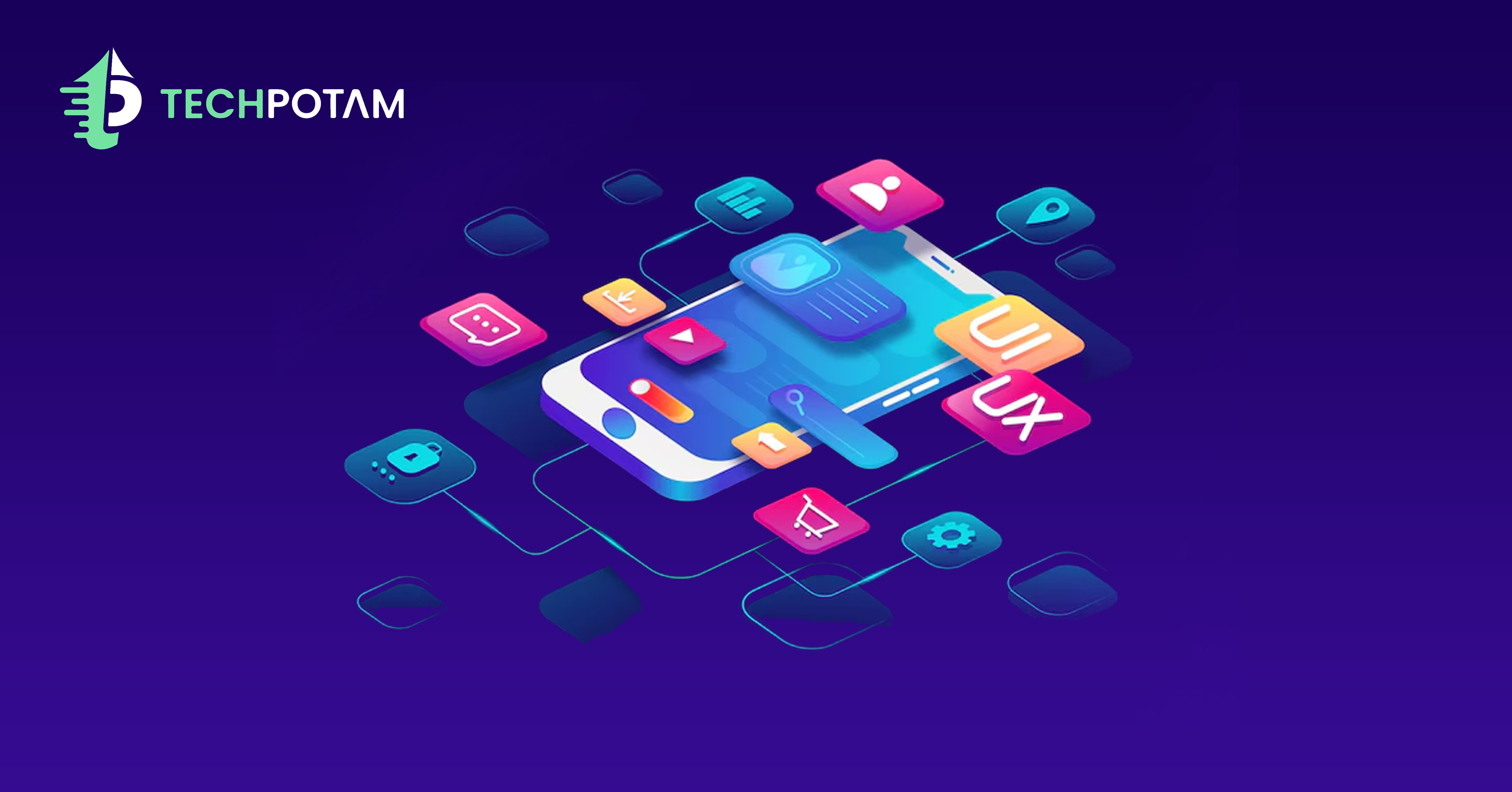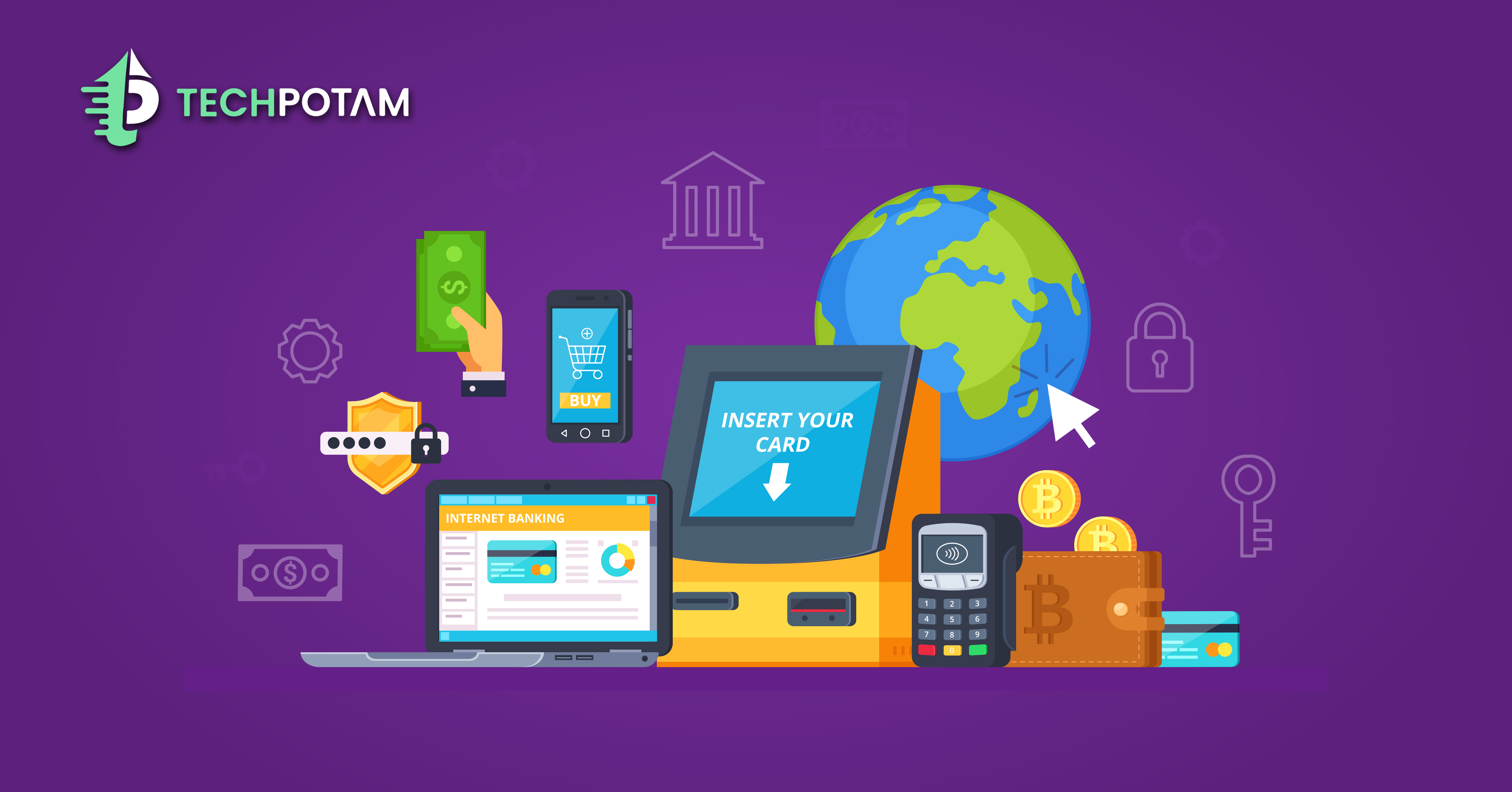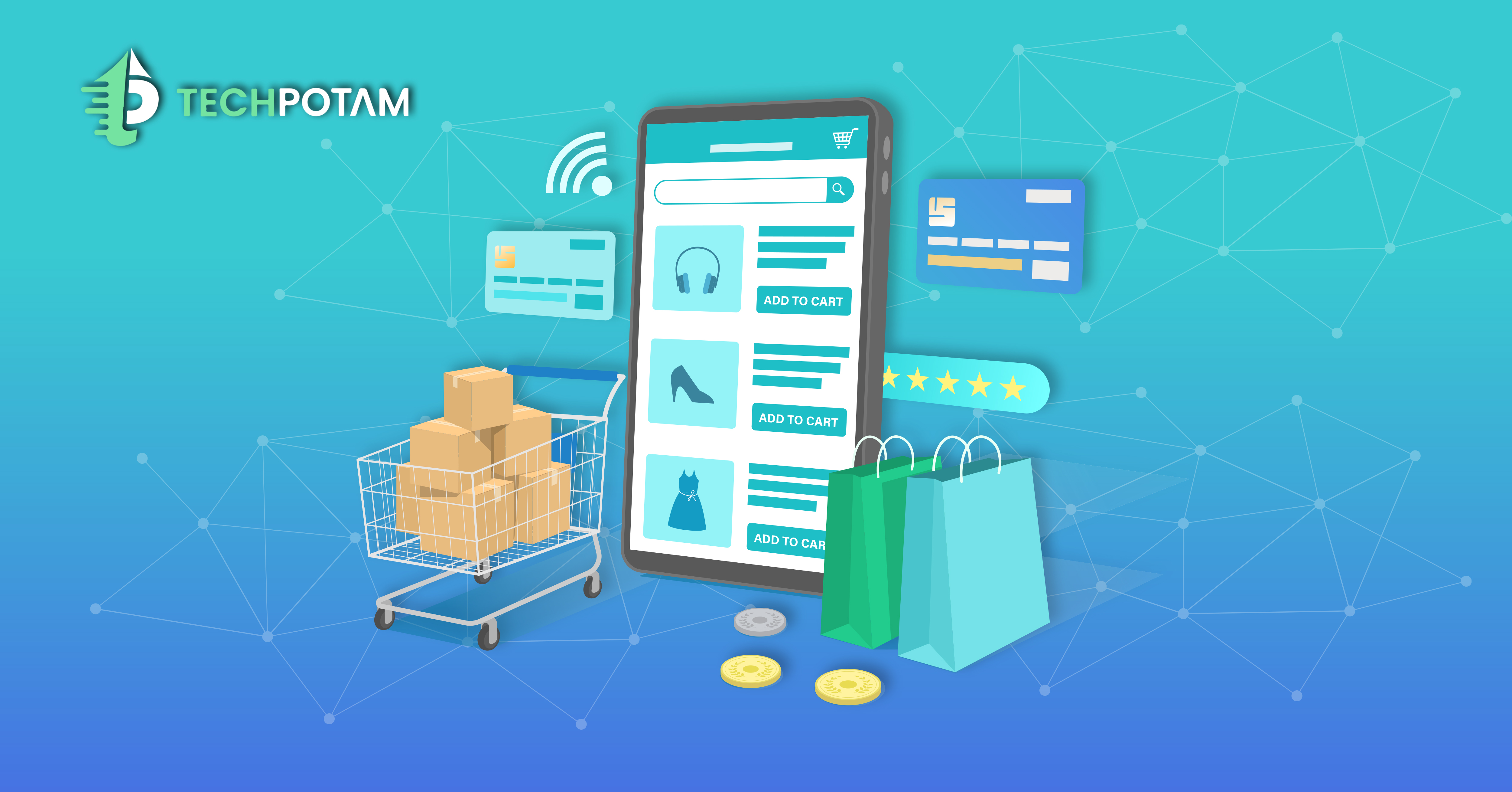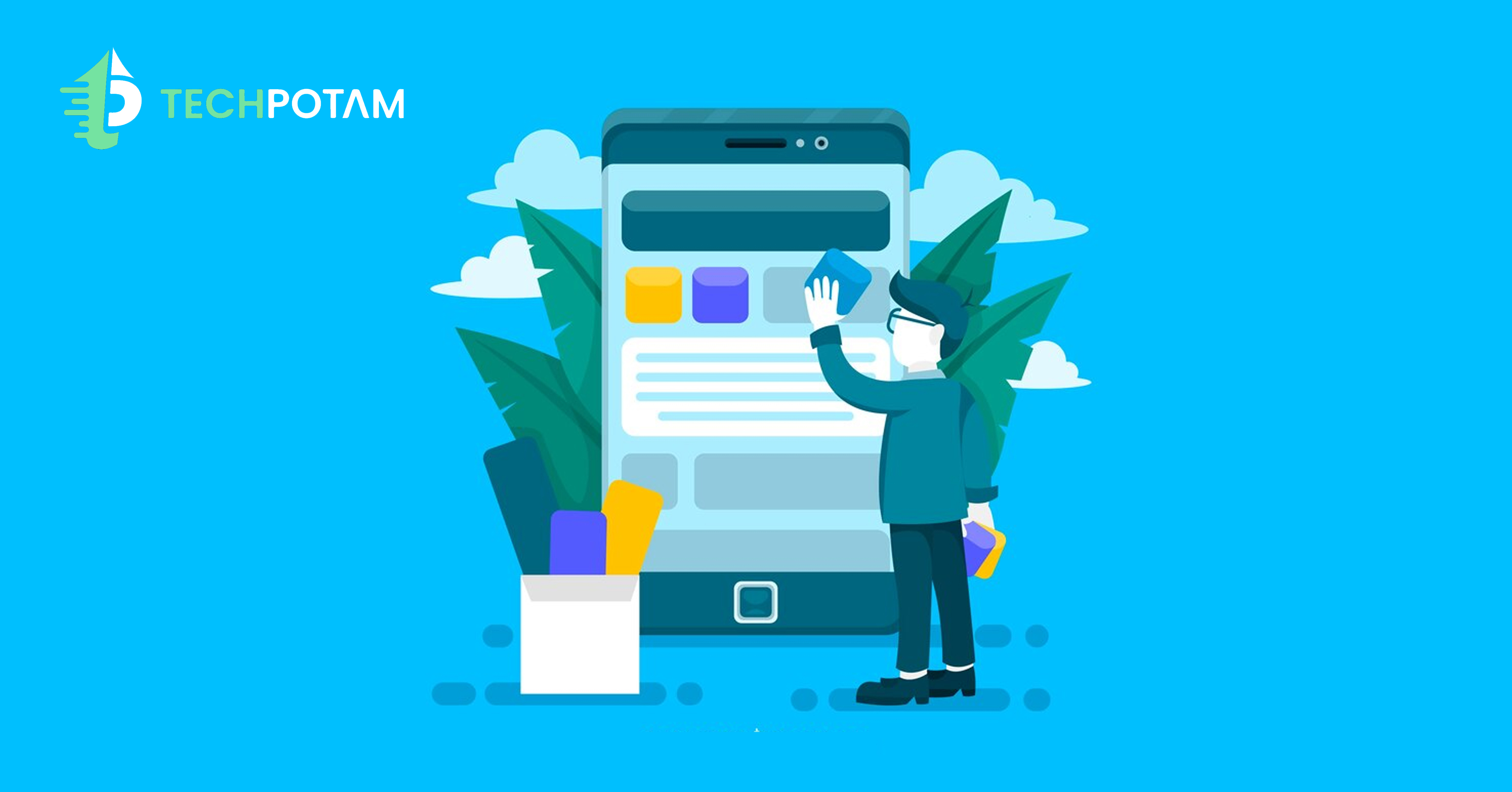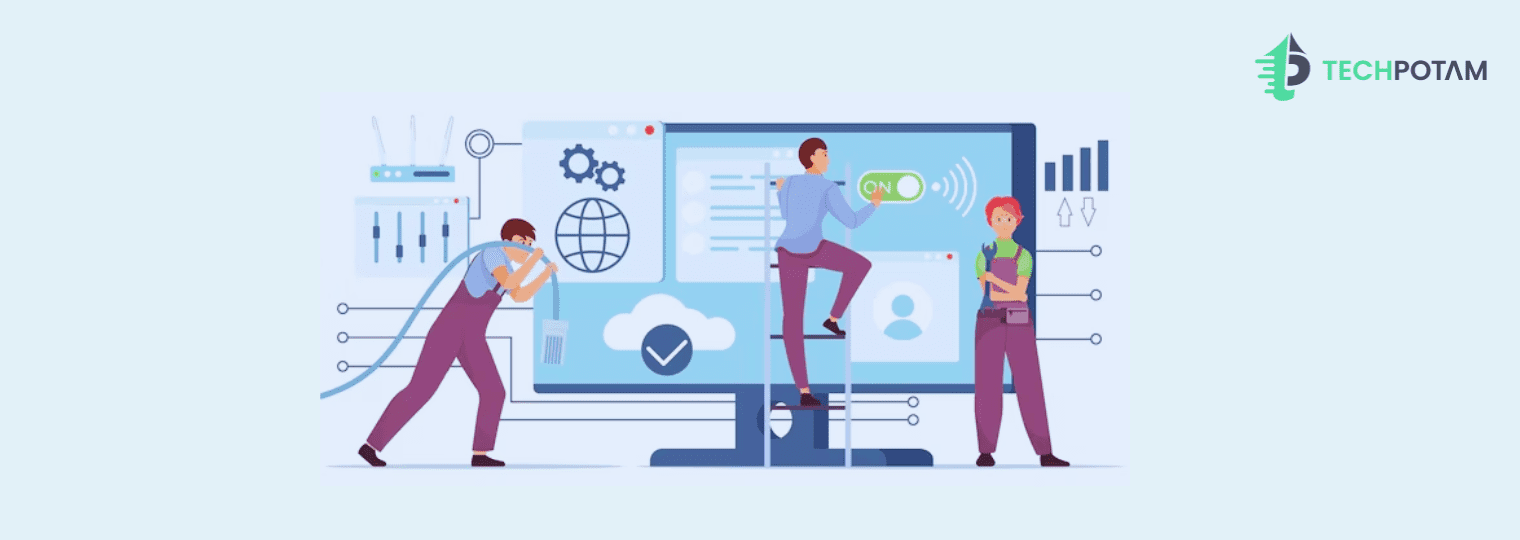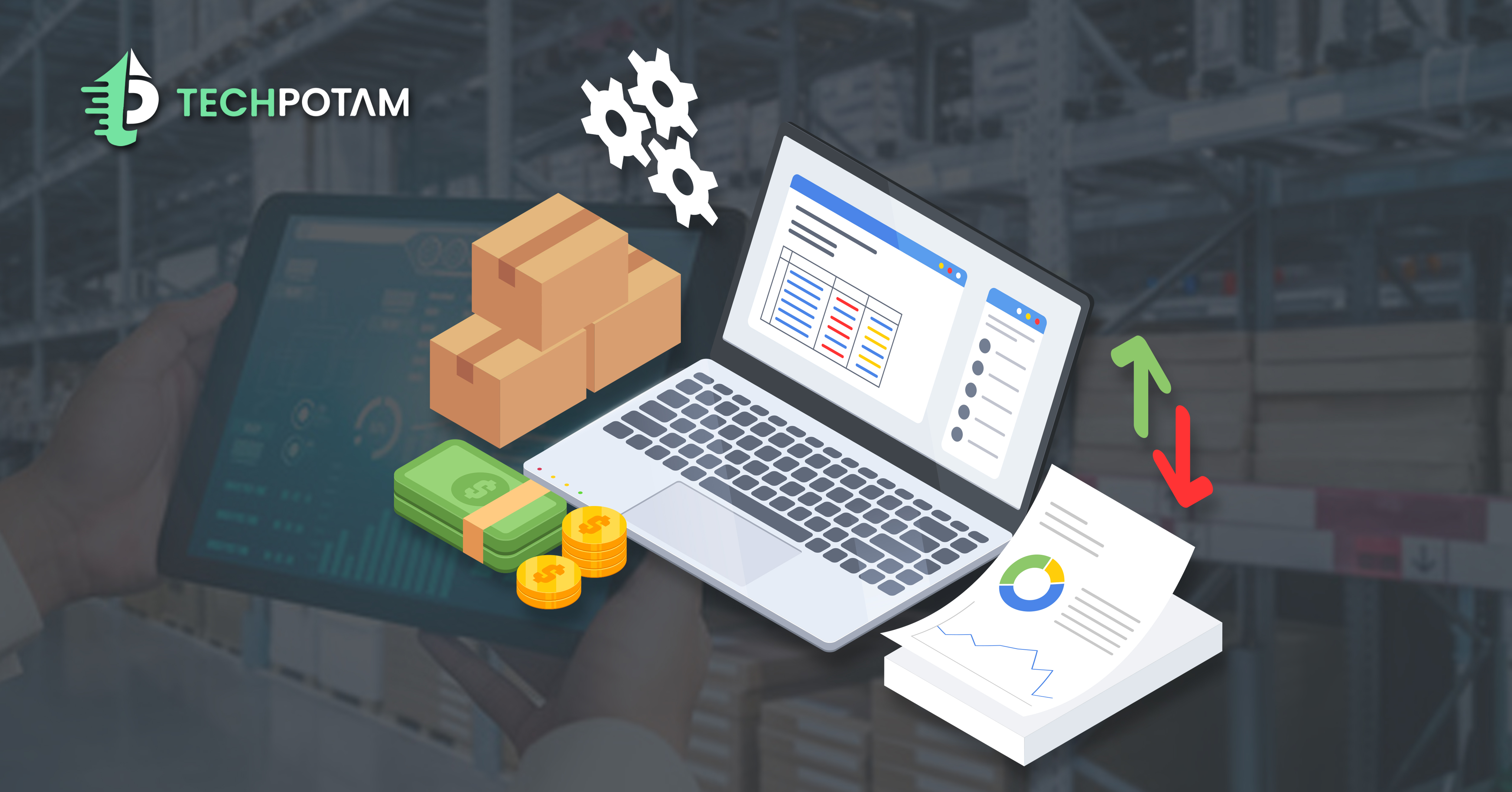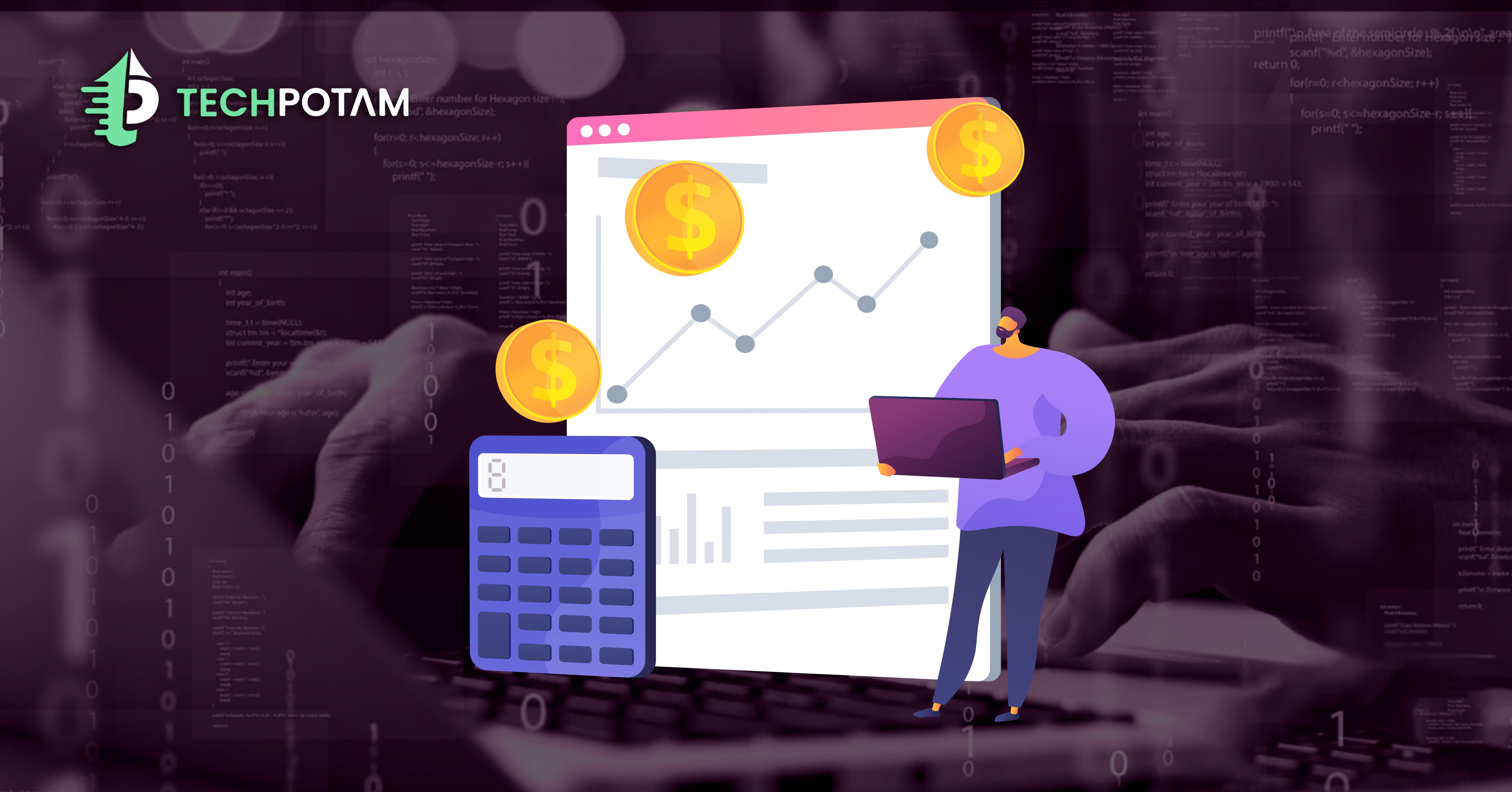Personalized software solutions now stand as the driving force behind innovation and effectiveness for businesses spanning diverse industries. Whether it’s refining operations or elevating customer interactions, determining custom software development costs steps in to offer solutions uniquely crafted, a feat that off-the-shelf software often falls short of achieving.
Yet, at the starting line of a custom software development adventure, organizations encounter a common hurdle—pinning down the software development costs accurately.
This blog is your guide into the crucial factors demanding attention when it comes to estimating the expenses tied to crafting bespoke software solutions.
Factors influencing the software development costs
Embarking on your own software development journey? Brace yourself for a rollercoaster of factors that can swing your project estimate in various directions. Let’s dive into the human side of the key influencers that can sway the cost of your software development endeavor:
1- Software Size
Think of your software size as the heartbeat of your project plan. It’s not just about the number of screens or pages; it’s a reflection of your grand vision. The more ambitious your user base, the larger the scale, and consequently, the impact on your budget.
2- Development Team Size
Meet your project’s dynamic trio – the developer, the project manager, and the QA tester. The size of your dream team matters. The more hands on deck, the more collaboration and expertise you gain. But be mindful – the hourly rates of these team members may vary based on their geographical locations, so choose wisely.
3- Choosing The Platform
The platforms you choose are the stages for your software’s grand performance. Compatibility is the name of the game. Opting for multiple platforms means broader reach but also more work and higher costs. It’s a balancing act between ambition and budget.
4- UI/UX Requirements
Design isn’t just about looks; it’s about the user experience. The effort poured into crafting a seamless interface and engaging user experience can significantly impact your budget. Don’t skimp on scoping out UI/UX design requirements if you want to keep your project cost in check.
5- Tech Stack
Think of your tech stack as the magic wand behind the curtain. The tools you choose can either speed up development or bring in versatility. The key is aligning your tech choices with your business goals – a delicate dance that shapes your project budget.
6- Hosting
The backstage of your software project is the server and hosting part. The technology, server type, settings, and maintenance model all play their roles in determining the speed and security standards. It’s a crucial piece that can tip the budget scale based on your business industry needs.
7- Features & API Integrations
Features are the soul of your software. More features mean more development effort, translating to a higher cost. But here’s the trick – a well-defined feature set can set your software apart, giving you a competitive edge and market traction.
8- Support & Maintenance
The journey doesn’t end with the launch. Support and maintenance are the unsung heroes that keep your software relevant and thriving. Neglecting these aspects can turn your once-shiny software into a costly relic. Consider post-launch costs, including performance monitoring, on-call support, and ongoing technical improvements.
In the realm of software development, understanding these humanized factors is key to navigating the budget landscape. So, gear up, dream big, and let the development adventure begin!
How to estimate software development costs?
the journey of software development unveils a series of stages, each with its own impact on the estimation of software costs. Here, we compile a list of key factors that play a pivotal role in determining the overall cost of software development:
1- Defining Goals & Scope of Work
Kickstarting your custom software journey begins with articulating project goals from the get-go. A crystal-clear goal not only shapes software design but also streamlines efforts and costs. Discussing end goals keeps the development team aligned, fostering efficiency and cost optimization.
2- Choosing an Infrastructure Model
The choice between on-premise and cloud infrastructure significantly influences development costs. On-premise setups, stationed at the company site, incur added maintenance and hardware expenses.
Cloud infrastructure, offering flexibility and cost-effectiveness, often proves to be the more economical choice with various pricing plans tailored to your needs.
3- Testing & Security
Ensuring stable, bug-free software entails a dedicated investment in quality assurance and testing, consuming up to 22% of the overall project budget in 2022. Cutting corners on testing is not advisable, as it secures the software’s long-term stability.
Security measures, such as SSL/TLS certificates and custom encryption, come with their own fees, but they are indispensable investments for robust data protection.
4- Location
The geographical location you choose for software development plays a pivotal role in budget considerations. Development rates vary globally, with North America, Western Europe, and Australia hosting the most expensive services.
Conversely, Eastern European and Asian countries emerge as favorable options, balancing cost efficiency with quality in the realm of outsourced software development.
Finalizing the cost of software development
The world of software development is a vast landscape, and costs can take many forms. The intricacies of features, the intricacy of UI design, platform choices, required technologies, and necessary integrations – all these elements play a role in shaping the overall cost of crafting custom software.
Yet, when we step back, we can simplify software development projects into three primary categories.
Simple software
- Simple UI/UX
- Set of limited features
- Limited integrations
- Single platform targeted
- Time estimate: 1-2 months
- Rough cost: $5k – $15k USD
Medium complexity software
- Robust features and integrations
- Customized UI/UX
- Analytical dashboards
- Dynamic functionalities
- Optimized for multiple platforms
- Time estimate: 2-6 months
- Rough cost: $15k – $45k
High complexity software
- Complex features and integrations
- Complex UI/UX design
- Third party integrations
- Advanced analytics
- Native & hybrid platforms
- Enterprise-level integrations
- Time estimate: 6+ months
- Rough cost: $50k+
At Techpotam, we boast extensive expertise in crafting software products from the ground up and elevating existing ones. If you’re harboring a software product idea but find yourself at a loss on where to begin, reach out to us. Our team is here to assist you with measuring all the crucial aspects related to estimating the costs of software development.
FAQs
1- Can I make changes to the project scope after receiving a cost estimate?
Yes, it’s possible, but it’s crucial to understand that changes to the project scope can affect costs. Communicate any alterations promptly with your development team to reassess and adjust the estimate accordingly.
2- How does the expertise of the development team influence costs?
The skill level and expertise of your development team can affect costs. Highly skilled professionals may have higher hourly rates, but their efficiency and proficiency can impact the overall timeline, potentially reducing long-term costs.
3- What role does technology play in determining software development costs?
The technology stack you choose can significantly impact costs. Some technologies may expedite development but come at a higher price, while others may be more budget-friendly but extend the development timeline. It’s essential to strike a balance based on your project goals.

